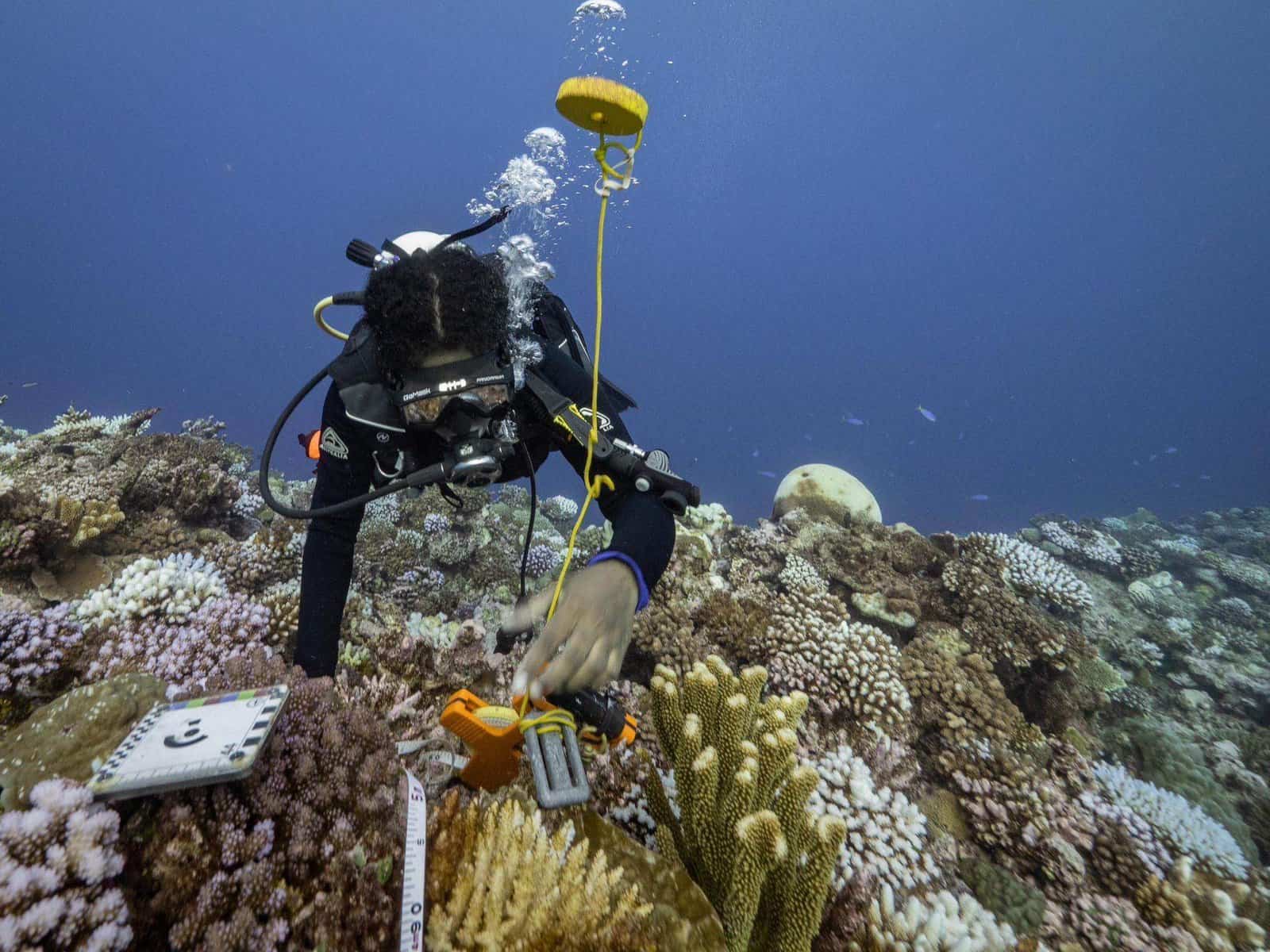The Blue Prosperity expedition programme to collect data on ocean health in Fiji is already showing very mixed results at different sites.
The programme is a collaborative effort led by the Fiji government and supported by local NGOs, the University of the South Pacific, international scientists, and the Waitt Institute. The expedition began in May and continues until the end of August.
It is Fiji’s first nationwide marine survey and will update information collected from sites covered in the past.
"This was informed by the need that the government has at this . . .
Please Subscribe to view full content...
